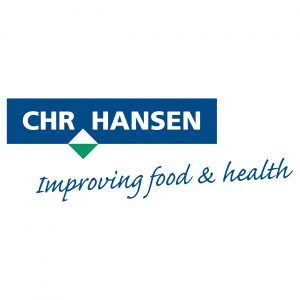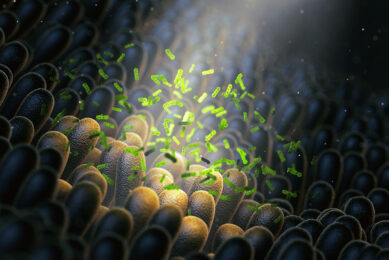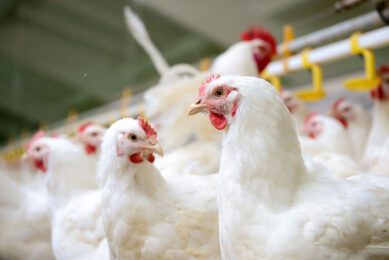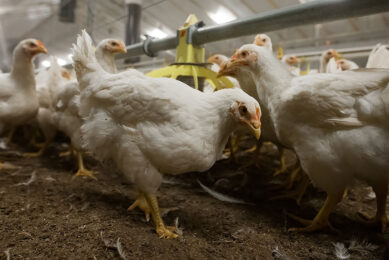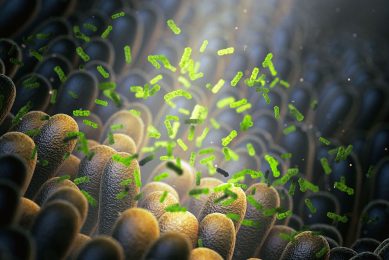Navigating towards sustainability in dairy production
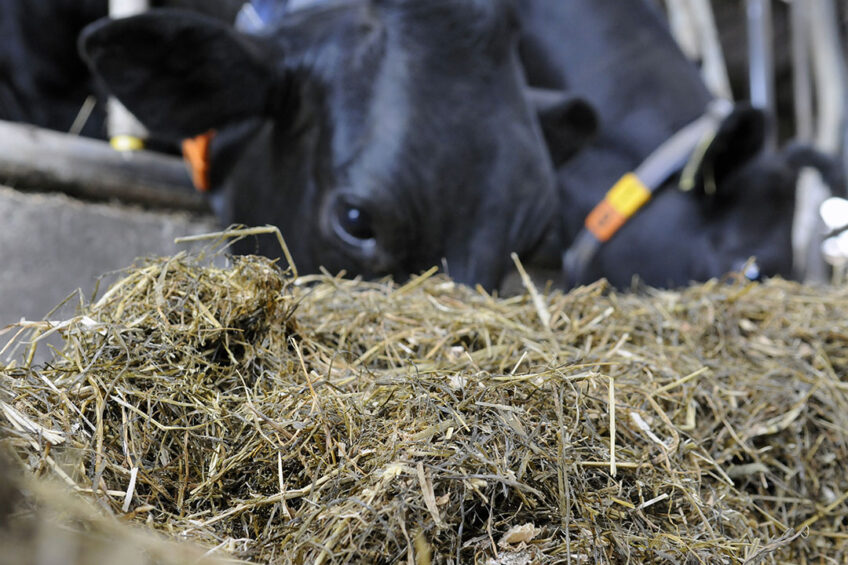
In the pursuit of sustainable dairy production, every step at farm level – from field to feeding – presents an opportunity to challenge convention and embrace innovation. By questioning traditional practices and adopting holistic approaches that prioritise environmental stewardship while keeping an eye on profitability, producers can cultivate a more resilient and sustainable future for dairy production. From conserving soil health to optimising feed efficiency, sustainability is more than a goal, it is a journey towards a brighter, more sustainable tomorrow.
In today’s landscape of agriculture, sustainability has transitioned from a mere buzzword to a fundamental framework guiding operations from the grassroots level of soil preparation to the culmination of dairy production. The expression “from farm to fork” encapsulates a series of important steps: soil preparation, planting, fertilising, crop protection, harvest, ensiling, storage, feed out, and ultimately dairy cow performance. Each step is interlinked and has the potential for a significant sustainability overhaul.
Soil preparation
The narrative of sustainable dairy production begins with the very earth beneath our feet – the soil. Traditional tillage practices have long been under scrutiny due to their impact on soil health and biodiversity. A sustainable alternative? Conservation tillage practices. These methods minimise soil disruption, preserving organic matter and fostering a robust ecosystem below the surface.
Planting
The choice of crops and their subsequent planting strategies play a vital role. Crop rotations not only enhance soil health but also reduce dependency on chemical inputs. The incorporation of legumes, for instance, can naturally augment soil nitrogen levels, reducing the need for synthetic fertilisers.
Fertilising
Fertilising – a critical step for ensuring crop vigour – needs a re-evaluation. The sustainable twist? Precision agriculture technologies, meticulously measured nutrients taking into consideration the variability of soil throughout the fields, ensure that nutrients are applied in the right amount, at the right time, and in the right place, thus mitigating environmental impact.
Crop protection
In crop protection, the sustainable shift is moving away from heavy reliance on chemical pesticides. Integrated pest management strategies, which include biological control methods, habitat manipulation and the use of resistant crop varieties, offer a holistic approach.
Harvest
The harvest phase is pivotal, and its sustainability lies in minimising waste and optimising resource use, making sure that as much as has been produced as possible gets safely into the silage bunker. In-field forage wilting is a way towards direct fermentation, but it also reduces fuel spent on transportation. While an increase in dairy farming scale is an important driver for ensured profitability, one very good piece of advice to ensure a good balance between yield, quality and minimal waste is to tell the crew on the chopper to slow down (a bit)! On most modern forage choppers, sensors register the harvested dry matter on the fly (as illustrated in Figure 1). This – in turn – can be used to plan fertiliser application or spot apply weed control.
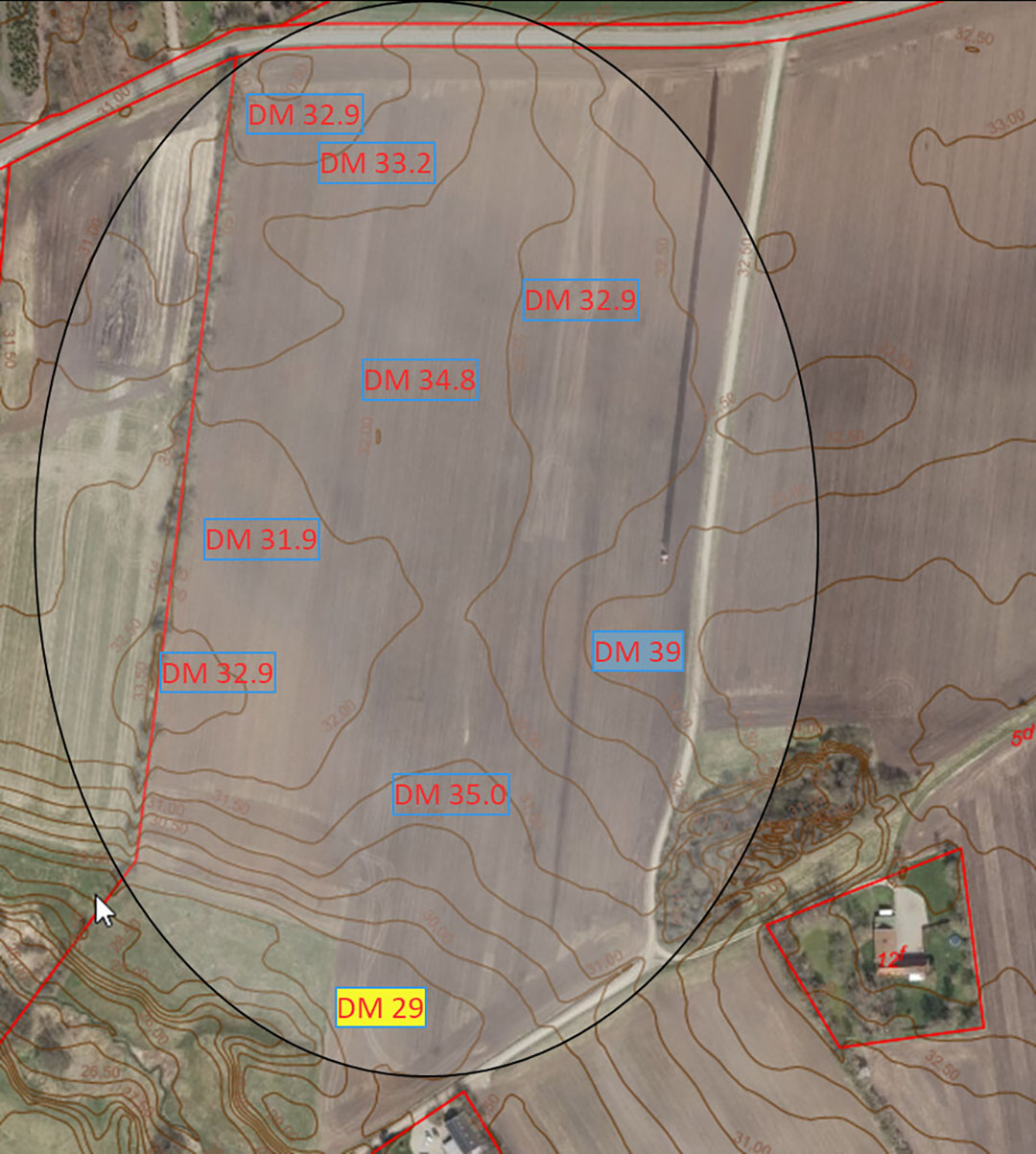
Ensiling and storage
The fermentation process during ensiling is often left to nature and, as with naturally fermented wine, sometimes you get exceptional results. However, from both a sustainability and profitability point of view, we simply cannot rely on “sometimes”. We need to gain control over the whole ensiling process.
When silage preservation is left to spontaneous fermentation, the chances of getting it right are significantly reduced. And remember that whatever quality is obtained during ensiling you will have to deal with for an entire feeding season. That is why – more often than not – advisers recommend the use of a proven silage inoculant such as SiloSolve FC, which quickly ensures anaerobic storage with its Oxycap Technology and directs fermentation as well as stable silage during feed out.
Feed out
Optimising feed rations to meet the nutritional needs of dairy cows without excess begins with the right quality of silage, which must be well preserved and kept away from spoilage, ensuring that the herd receives just what is needed for optimal growth – no more, no less. And with an increasing share of home-grown forage in the diet, the sustainability also increases (in ballpark figures 1:2 when it comes to the carbon footprint of forage versus compound feed), including the control of costs.
Dairy cow performance
Finally, the performance of dairy cows is based on all the preceding steps, culminating in milk production. Sustainable practices require a special focus on resource optimisation, an emphasis on animal welfare, optimal nutrition, and health management – a sustainable cow is a happy cow!
Each of the steps described above has the potential for a sustainability ‘Aha’ moment. By reimagining traditional practices through a sustainable lens, we not only enhance the efficiency and productivity of dairy production but also contribute to a healthier planet. Through this lens, the journey becomes not just a series of steps, but a harmonious dance with nature, promising a greener future for generations to come.


